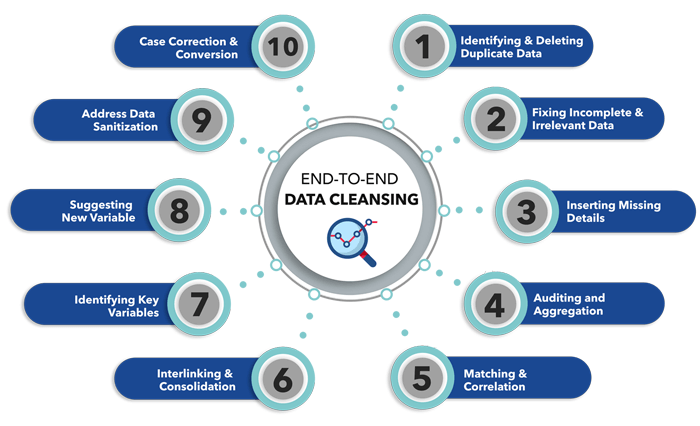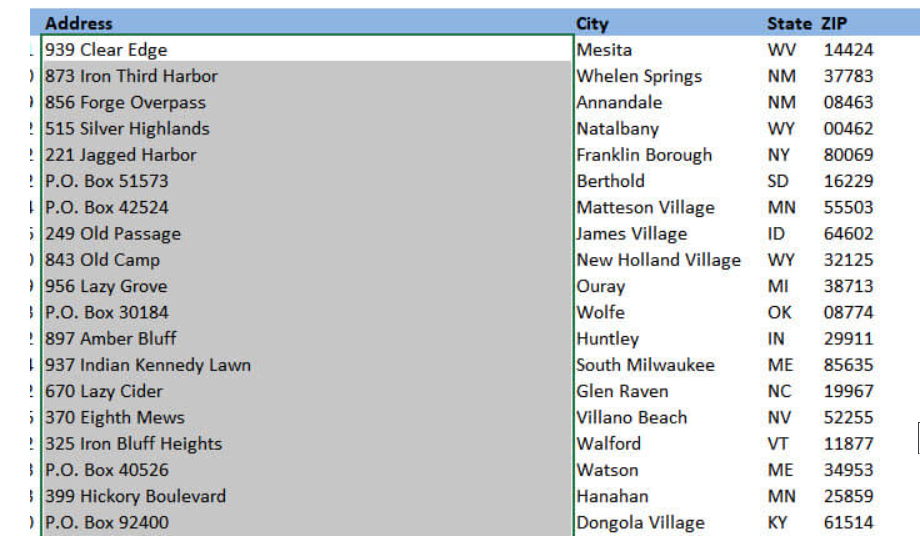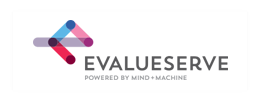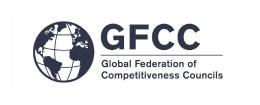1. What is Data Cleansing
The process of purifying and renewing your data is known as data cleansing, data scrubbing, or data cleaning. To ensure accurate, trustworthy, and valuable data, it entails locating and fixing flaws, inconsistencies, and inaccuracies. Data cleansing makes your information a shining asset by clearing away clutter and removing errors’ dirt, giving you the information you need to make wise decisions and succeed in business.
2. The Benefits of Clean Data
Data scrubbing offers numerous benefits to businesses. Here are some key advantages:
- Improved Decision-Making: Clean data ensures accuracy and reliability, enabling informed decision-making based on trustworthy insights.
- Enhanced Customer Relationships: Data scrubbing eliminates duplicate and outdated information, allowing businesses to provide better customer experiences and personalized interactions.
- Enhanced Data Hy: By eliminating inconsistencies and inaccuracies, data scrubbing enhances the overall quality and reliability of datasets.
- Cost Savings: Data scrubbing reduces costs associated with errors, duplicate records, and inefficient processes, optimizing resource allocation.

3. The Data Cleansing Process
- Data Enrichment: Enhancing the data by supplementing it with additional information from external sources, such as demographic data or geolocation data. This process adds value and context to the existing data.
- Data profiling: Examining the data to understand its quality, completeness, and structure. This process identifies problems and irregularities with the data.
- Data Validation: Verifying the accuracy and integrity of the data by performing validation checks, such as ensuring data formats, ranges, and constraints are met.
- Data Deduplication: Removing duplicate records or entries within the dataset. This step helps maintain data integrity and ensures data accuracy by eliminating redundant information.
- Data Deduplication: Removing duplicate records or entries within the dataset. This step helps maintain data integrity and ensures data accuracy by eliminating redundant information.
4. Ensuring Data Accuracy: Quality Checks and Measures
For decision-making, data accuracy is crucial. The many quality controls and precautions that businesses can use to maintain data correctness are covered in this section. Learn how to protect the integrity of your data, from data validation methods to outlier identification.

5. Overcoming Data Cleansing Challenges
- Large Data Volumes: Dealing with massive datasets can be overwhelming and time-consuming. Processing and cleansing a vast amount of data requires robust infrastructure and efficient data processing techniques.
- Complex Data Relationships: Data Cleaning becomes complex when dealing with interconnected and interdependent data relationships. Ensuring data consistency across multiple systems and datasets can be challenging.
- Data Inconsistencies: Inconsistent data formats, varying data entry styles, and discrepancies in data representations pose challenges during data Cleaning. Resolving these inconsistencies requires careful analysis and standardization techniques.
- Data Decay: Over time, data becomes outdated and loses its relevance. Keeping up with data decay and ensuring timely updates presents a continuous challenge in maintaining clean and accurate data.
- Data Privacy and Security: While cleansing data, organizations must prioritize data privacy and security. Ensuring compliance with regulations and protecting sensitive information can be a challenging task.
.
6. Data Cleansing Success Stories
Numerous organizations have achieved remarkable results through effective data cleansing initiatives. Case studies and success stories highlight how businesses improved operational efficiency, gained better insights, and reduced costs by investing in data cleansing.
Data Before
Data After

Clean Your Dirty Data With Allied Infoline
Allied Infoline, with proven expertise in creating tailored data cleansing solutions, is ideally positioned to handle the data cleaning needs of differently-sized clients from all industries. We are always ready to discuss your data scrubbing needs and carefully craft a customized solution. To discuss your requirements or learn more about our B2B data cleansing services, fill out our contact form or write to us at sales@alliedinfoline.com.
FAQs
Q1: What is the importance of data Cleaning?
Data Cleaning ensures data accuracy, reliability, and credibility, leading to improved decision-making, operational efficiency, and customer satisfaction.
Q2: What are the benefits of clean data?
Clean data enhances decision-making accuracy, improves customer relationships, boosts operational efficiency, facilitates regulatory compliance, and enables effective data analysis.
Q3: What steps are involved in the data Cleaning process?
The data cleansing process includes data profiling, data validation, data standardization, data enrichment, and data deduplication.
Q4: Which tools can assist in data Cleaning?
Data Cleaning tools like Trifacta, OpenRefine, and Talend Data Quality offer features such as data profiling, data transformation, and data enrichment to facilitate the cleansing process.
Q5: What are the common challenges in data cleansing?
Challenges in data cleansing in excel include handling large datasets, managing complex data relationships, and addressing data inconsistencies across multiple systems.










